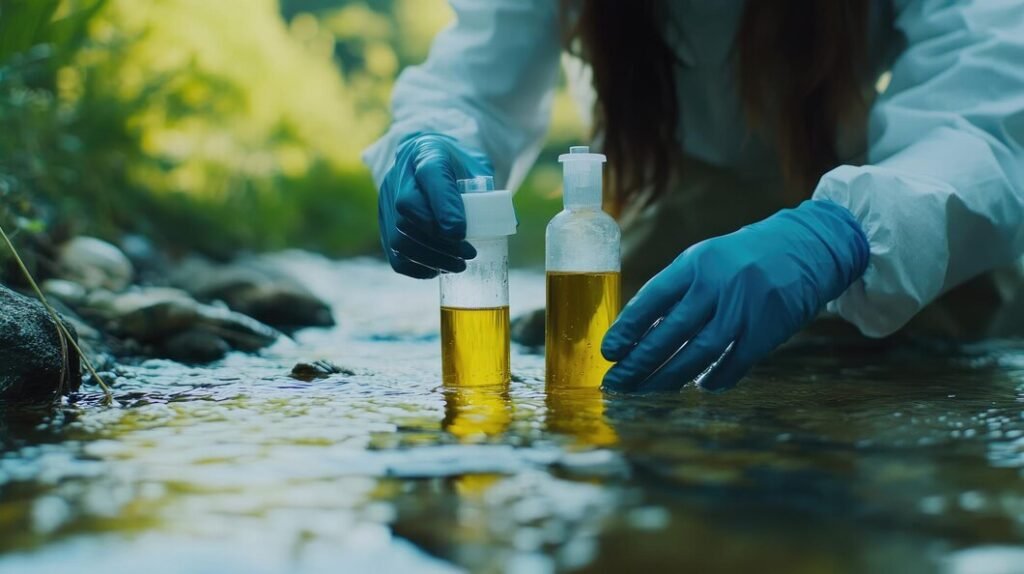Crossword enthusiasts know that the New York Times (NYT) crossword is one of the most revered and challenging puzzles available. With a legacy dating back to 1942, it has become a daily intellectual exercise for many, requiring liquid-absorbing substances nyt crossword not just a vast vocabulary but also an understanding of niche topics. One common type of clue that puzzles solvers frequently encounter revolves around “liquid-absorbing substances.” These clues can often stump even seasoned solvers, as they require an understanding of specific materials and their properties. In this article, we’ll delve into the nuances of these substances, provide some tips for deciphering crossword clues, and explore their relevance in the NYT crossword.
Understanding Liquid-Absorbing Substances
Liquid-absorbing substances are materials that have the capacity to soak up and retain moisture. They are used in everyday items like paper towels, sponges, diapers, and certain fabrics. In the context of the NYT crossword, common answers to clues related to these materials might include terms like “sponge,” “towel,” or “pad.” However, the clues can range from straightforward to highly cryptic, and solvers may encounter scientific terms or less obvious synonyms. To navigate such puzzles, it’s helpful to familiarize yourself with a broad array of liquid-absorbing materials and their properties.
Some of the most commonly featured liquid-absorbing substances in crosswords include:
- Sponge: A porous material that can hold a significant amount of liquid. Natural and synthetic sponges are widely used in cleaning and bathing.
- Towel: A piece of absorbent fabric, typically used to dry surfaces or objects.
- Chamois: A soft, pliable leather used for drying and polishing.
- Pulp: Often used in papermaking, this fibrous material can absorb large quantities of moisture.
- Gauze: A thin, loosely woven fabric used primarily in medical contexts for wound dressing.
Why Are Liquid-Absorbing Substances Popular in Crosswords?
Crossword constructors use liquid-absorbing substances as answers because they represent a unique combination of versatility and specificity. They can be clued in many ways, making them suitable for easy Monday puzzles and challenging Saturday ones alike. For instance, a clue like “kitchen cleaner” might point to “sponge,” while “material in diapers” could lead to “absorbent gel.” The range of possibilities ensures that solvers must think both broadly and specifically about how these materials function.
Moreover, words related to liquid absorption often have distinct letter patterns, making them useful for puzzle constructors trying to fit certain answers into a tight grid. For example, “gauze” or “chamois” are not only unique in meaning but also in structure, adding an extra layer of complexity to the crossword layout.
Tips for Solving Crossword Clues Related to Liquid-Absorbing Substances
- Identify the Category: Determine whether the clue is referring to a cleaning item, a type of cloth, or a scientific term. This can narrow down your options significantly.
- Think Contextually: Some clues might not directly mention absorption but might imply it. For example, “beach necessity” could suggest “towel.”
- Consider Synonyms and Variants: If a direct answer doesn’t fit, think about synonyms or alternate names for common items. For example, instead of “diaper,” you might see “nappy.”
- Pay Attention to Word Length: Crossword grids are built around specific word lengths. If a clue’s answer seems elusive, the number of boxes in the grid can provide a hint. For example, a five-letter word for a liquid-absorbing substance might be “sponge,” while a four-letter one might be “felt.”
- Use Cross-Referencing: When stumped, use intersecting answers to help deduce the solution. For example, if you have a few letters already filled in from other clues, consider which liquid-absorbing substances fit the remaining spaces.
Common Liquid-Absorbing Substances in NYT Crossword Clues
Let’s look at some of the most common and unique liquid-absorbing substances that might appear in an NYT crossword:
- Cotton: Often used in fabrics and medical supplies.
- Paper: While not typically thought of as an absorbent material, it is used in various contexts, such as paper towels.
- Pumice: A porous volcanic rock that absorbs water, used in some cleaning applications.
- Moss: Known for its ability to retain moisture, it is occasionally featured in environmental or botanical contexts.
- Sodium Polyacrylate: Found in diapers, this scientific term is rare but not impossible in difficult puzzles.
The Challenge of Cryptic Clues
The NYT crossword often includes cryptic or multi-layered clues for even simple answers. For example, instead of straightforwardly asking for a “moisture absorber,” a clue might be “It soaks up in the kitchen” for “sponge.” Another example might be “Material that drinks up” for “cloth.” These kinds of clues are meant to challenge the solver’s intuition and lateral thinking skills. The more obscure the clue, the more satisfying it is to arrive at the solution.
Conclusion
The NYT crossword offers a fascinating challenge for puzzle enthusiasts, especially when it comes to decoding clues about liquid-absorbing substances. From simple sponges to complex scientific compounds, the answers can vary widely, providing solvers with an opportunity to expand their vocabulary and problem-solving skills. Next time you encounter a clue about a liquid-absorbing material, think beyond the obvious and consider the myriad of possibilities these versatile substances offer. With practice and a deeper understanding of these materials, you’ll be better equipped to tackle even the toughest crossword puzzles.

